NASA’s Apollo
 The year was 1957. The United States was in a race against Russia. For 20 years, the two countries clashed and raced to see who could be the first to the moon. It became known as the Space Race. From 1961-1972, NASA began the Apollo Era- hopes were high. The United States would become the first country to land on the lunar surface.
The year was 1957. The United States was in a race against Russia. For 20 years, the two countries clashed and raced to see who could be the first to the moon. It became known as the Space Race. From 1961-1972, NASA began the Apollo Era- hopes were high. The United States would become the first country to land on the lunar surface.
Beginning in 1961, the Apollo program consisted of 11 total space flights; four of those flights tested equipment, and six of the seven other flights landed people on the moon. The first crewed flight occurred in 1968, and the final in 1972. Russia had already sent a satellite into space: Sputnik.
With the Russians ahead during the start of the race, U.S. President John F. Kennedy challenged the newly created NASA to land men on the moon and return them safely in his famous 1961 “Moon Speech” at Rice University in Texas. Preparation for the Apollo program came from NASA’s Mercury program, which ran from 1959-1963 and sent one-person crews into orbit to see if humans could survive and work in space.
Roughly half a million U.S. citizens were employed in working to make the Apollo era happen. The program cost a total of $28 billion USD over its lifetime- including inflation, the total cost of the program was $283 billion USD.
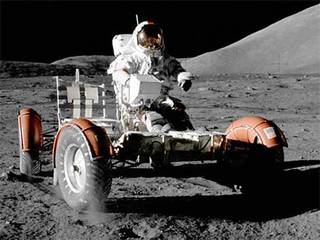 Several novel vehicles were developed for the Apollo missions. Saturn V was the most famous rocket used in the Apollo program. Being the largest vehicle ever flown, Saturn V was as tall as a 36-story building, consisting of 3 stages: on top of the rocket sat the Apollo command module, a 3 person capsule that held the traveling astronauts. The interior of the capsule was as large as the interior of a car. Finally, there was the lunar module, which carried two astronauts down to the lunar surface with its spindly legs. Once the astronauts were done on the surface and were back inside the module, the module’s top portion fired its engine and took the astronauts back up to the command module.
Several novel vehicles were developed for the Apollo missions. Saturn V was the most famous rocket used in the Apollo program. Being the largest vehicle ever flown, Saturn V was as tall as a 36-story building, consisting of 3 stages: on top of the rocket sat the Apollo command module, a 3 person capsule that held the traveling astronauts. The interior of the capsule was as large as the interior of a car. Finally, there was the lunar module, which carried two astronauts down to the lunar surface with its spindly legs. Once the astronauts were done on the surface and were back inside the module, the module’s top portion fired its engine and took the astronauts back up to the command module.
When testing the smaller version of the Saturn V rocket, the Saturn I, it caught fire. Saturn I was going to be used to test out the engines and necessary hardware for the program. The first astronauts were to set fly on Apollo I, but during a launch rehearsal, a wiring spark generated a fire that blazed through and killed the 3 person crew. It was a turning point in the program, resulting in extensive redesigns-especially to the command module.
Nobody else was sent to space for 18 months, but there were 6 uncrewed missions to investigate the performance of the Saturn V rocket.
The first successful crewed launch was that of Apollo 7. Astronauts remained in Earth’s orbit for the duration of the flight, but the mission validated the safety of sending people to space using the next Saturn V rocket.
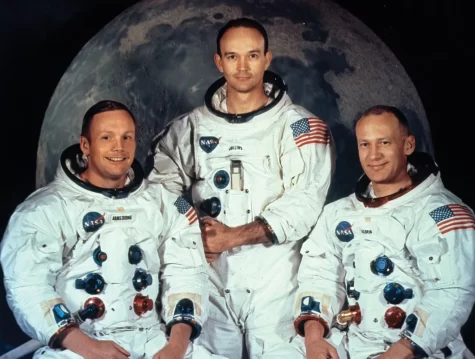 Apollo 8. The first rocket that sent humans to space. American’s all over the country sat around their TVs and watched as the rocket took off, making history. As Neil Armstrong, Buzz Aldrin, and Michael Collins shot into space, Americans watched with anticipation, one question they needed answered: Would they make it?
Apollo 8. The first rocket that sent humans to space. American’s all over the country sat around their TVs and watched as the rocket took off, making history. As Neil Armstrong, Buzz Aldrin, and Michael Collins shot into space, Americans watched with anticipation, one question they needed answered: Would they make it?
For days, Americans watched. And waited. Until July 20th, 1969, when Neil Armstrong stepped off the lunar lander onto the lunar surface. “One small step for man, one giant leap for mankind.” The US flag was placed on the lunar surface. Michael Collins stayed in the rocket while Armstrong and Aldrin went to the surface of our moon.
Whenever I gaze up at the moon, I feel like I’m on a time machine. I am back to that precious pinpoint of time, standing on the foreboding – yet beautiful – Sea of Tranquility. I could see our shining blue planet Earth poised in the darkness of space. – Buzz Aldrin

Dacey is a Junior and a second year writer for the Station. She wrote for the Derry Middle school newspaper in the past. She is in the Journalism and Newspaper...


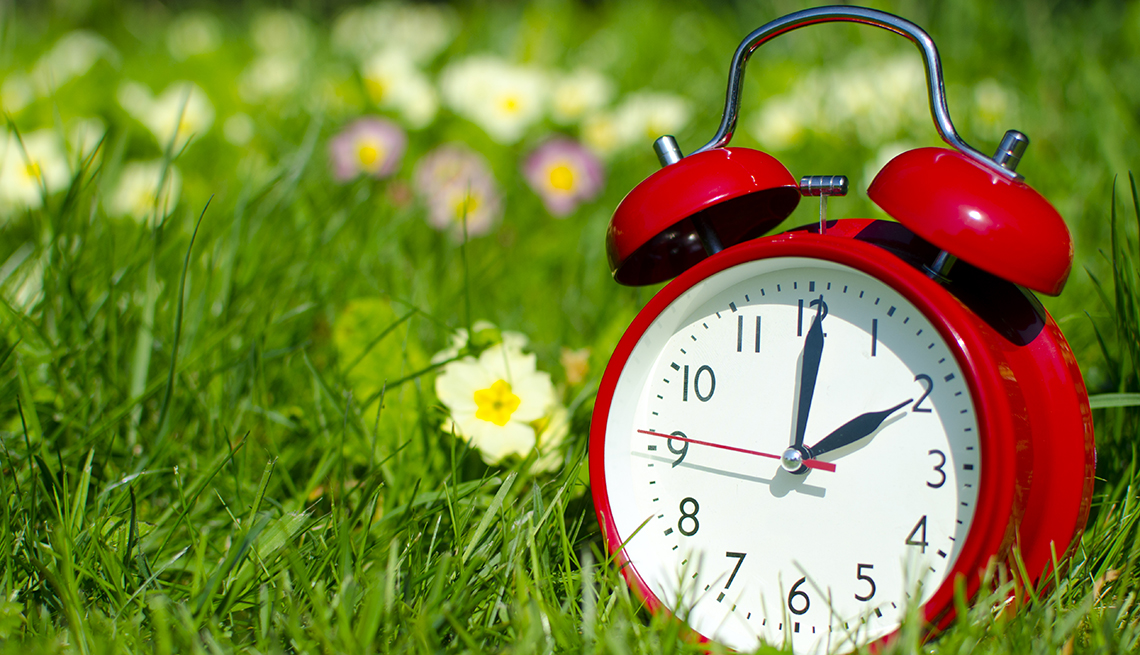


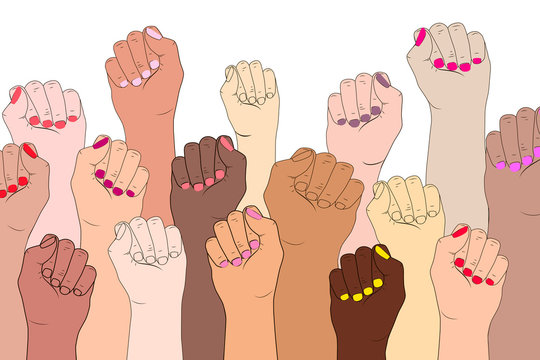




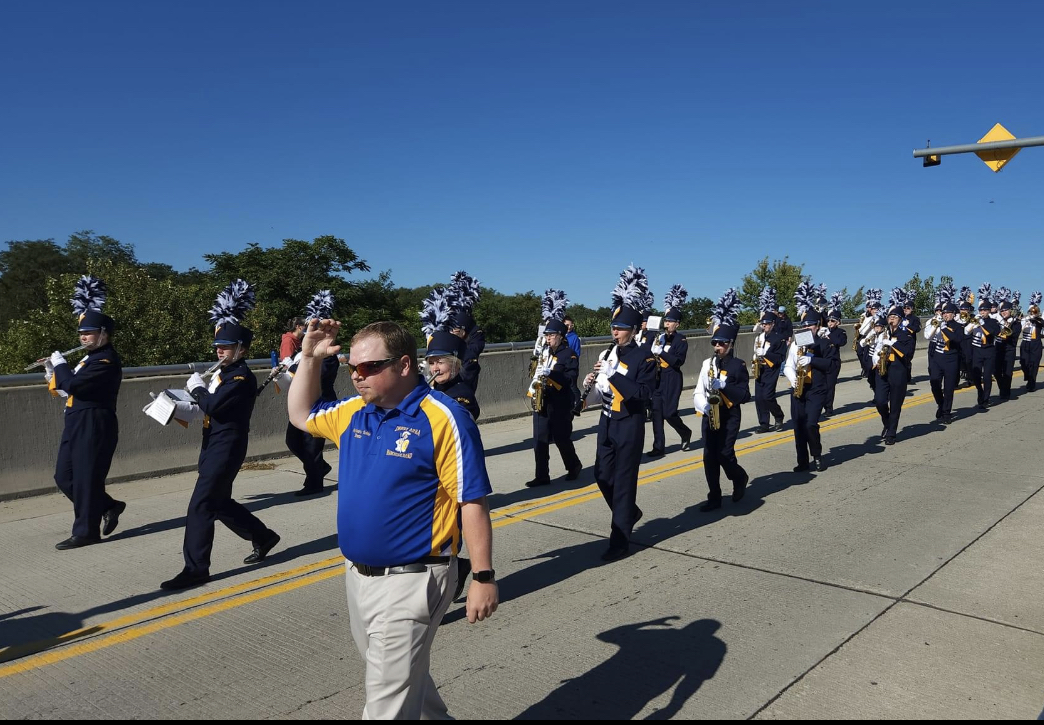



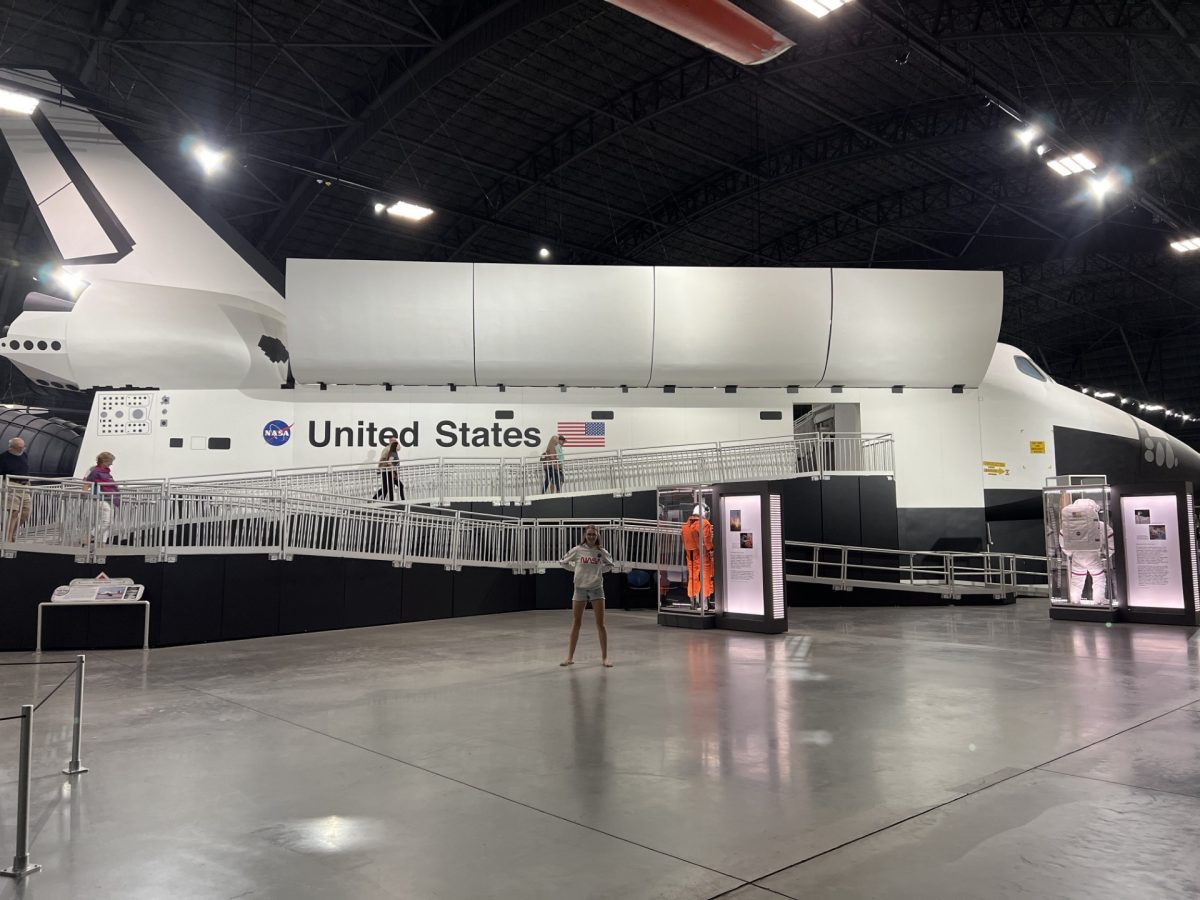




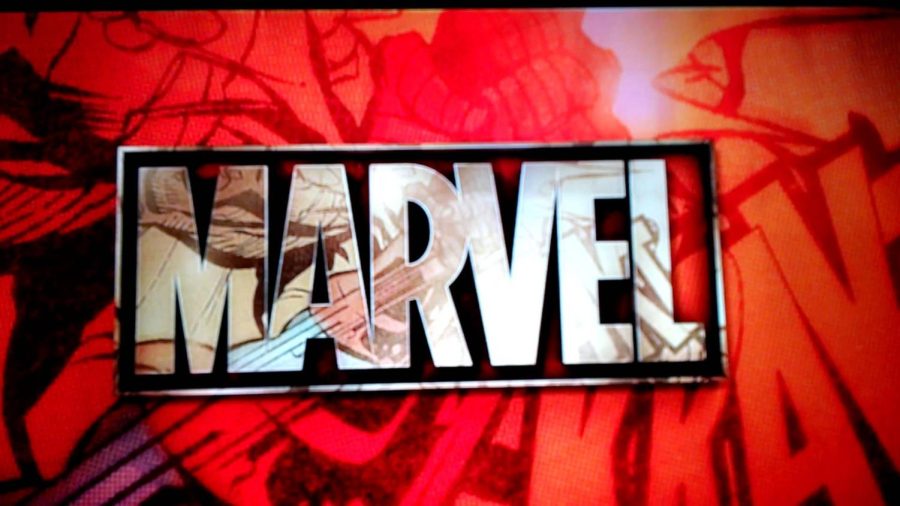

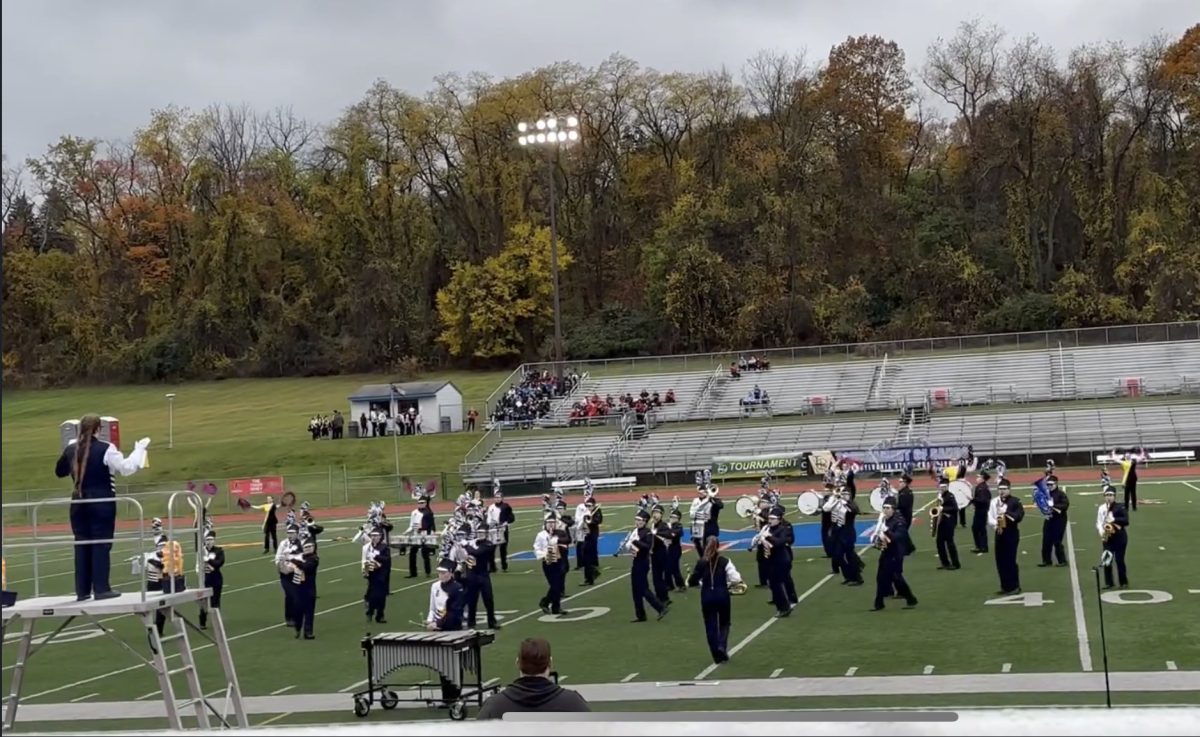
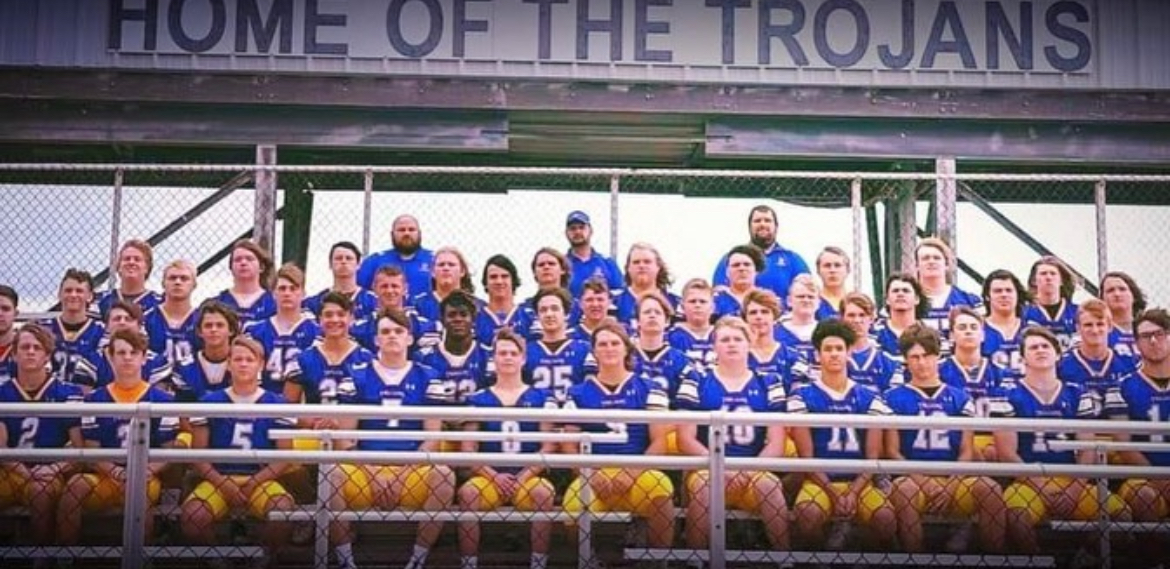
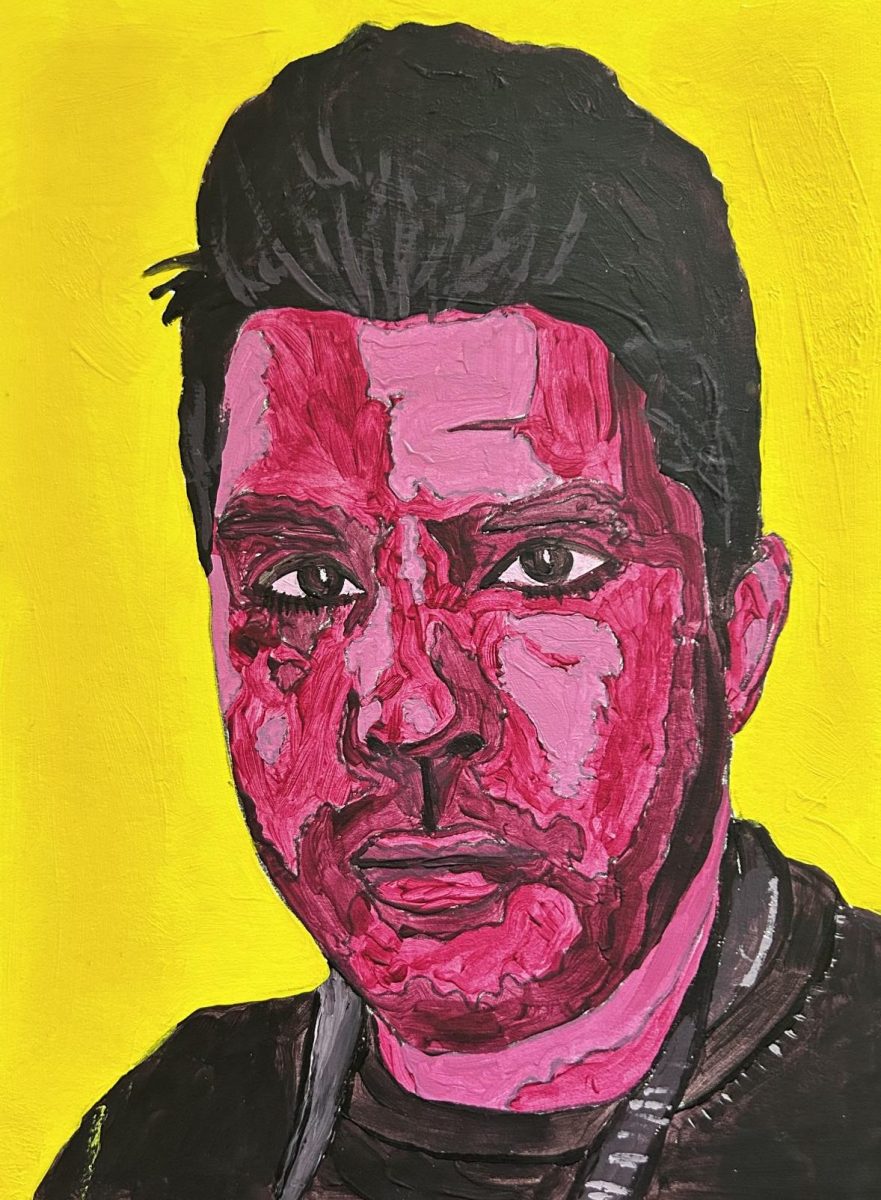
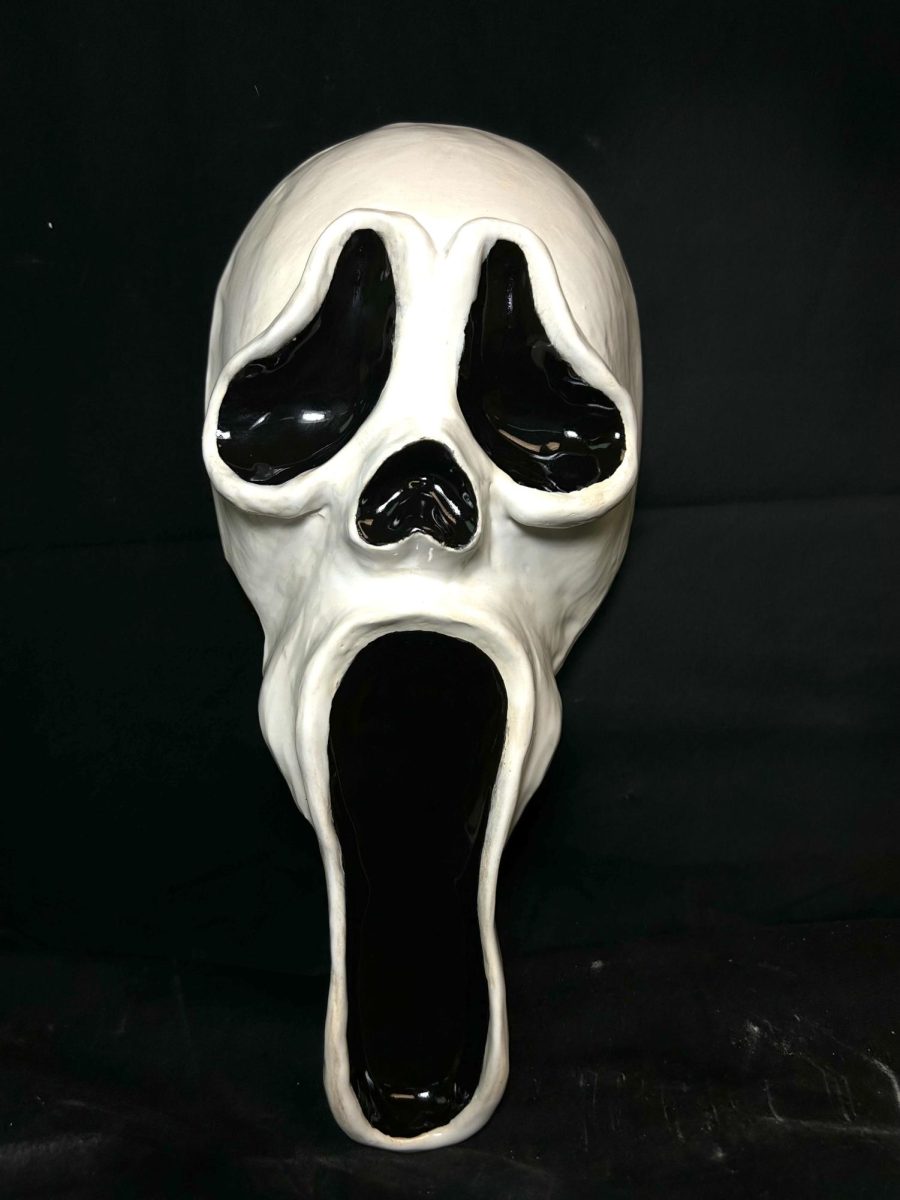








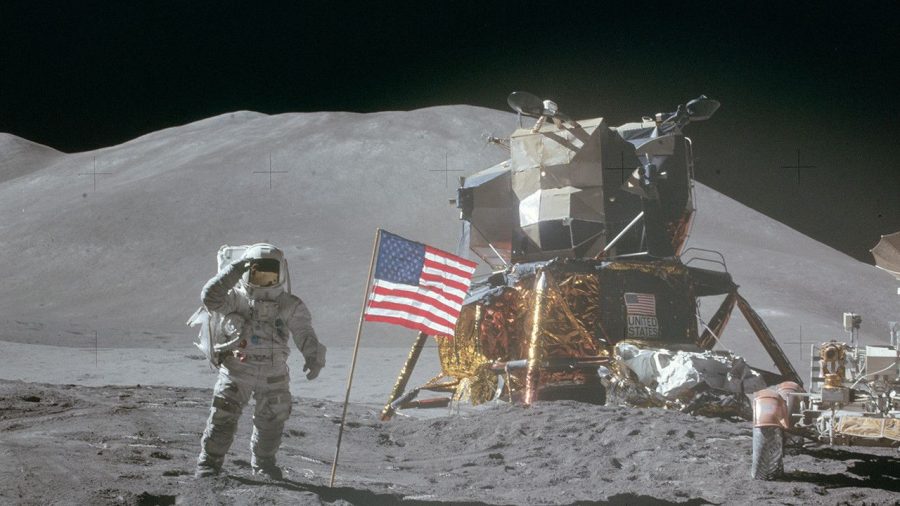
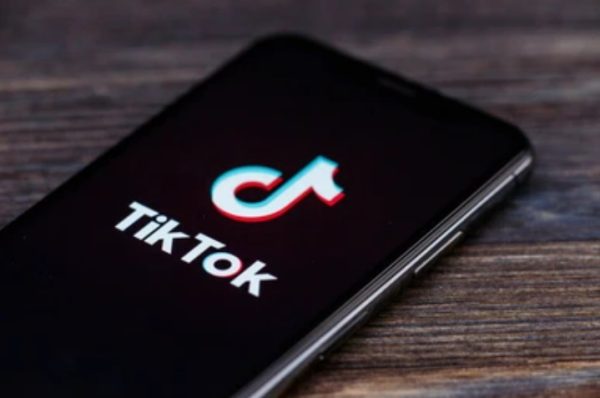



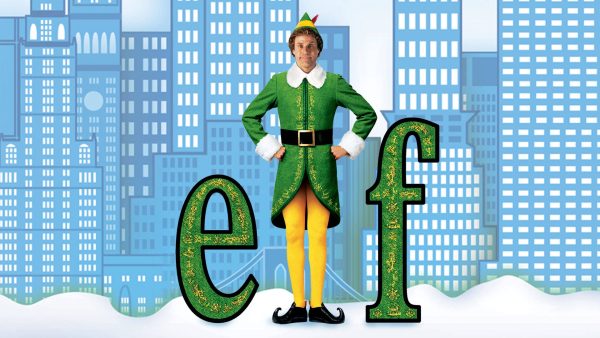



Carla Laird • Oct 5, 2023 at 12:31 pm
Very good article. I especially love the writer and her articles